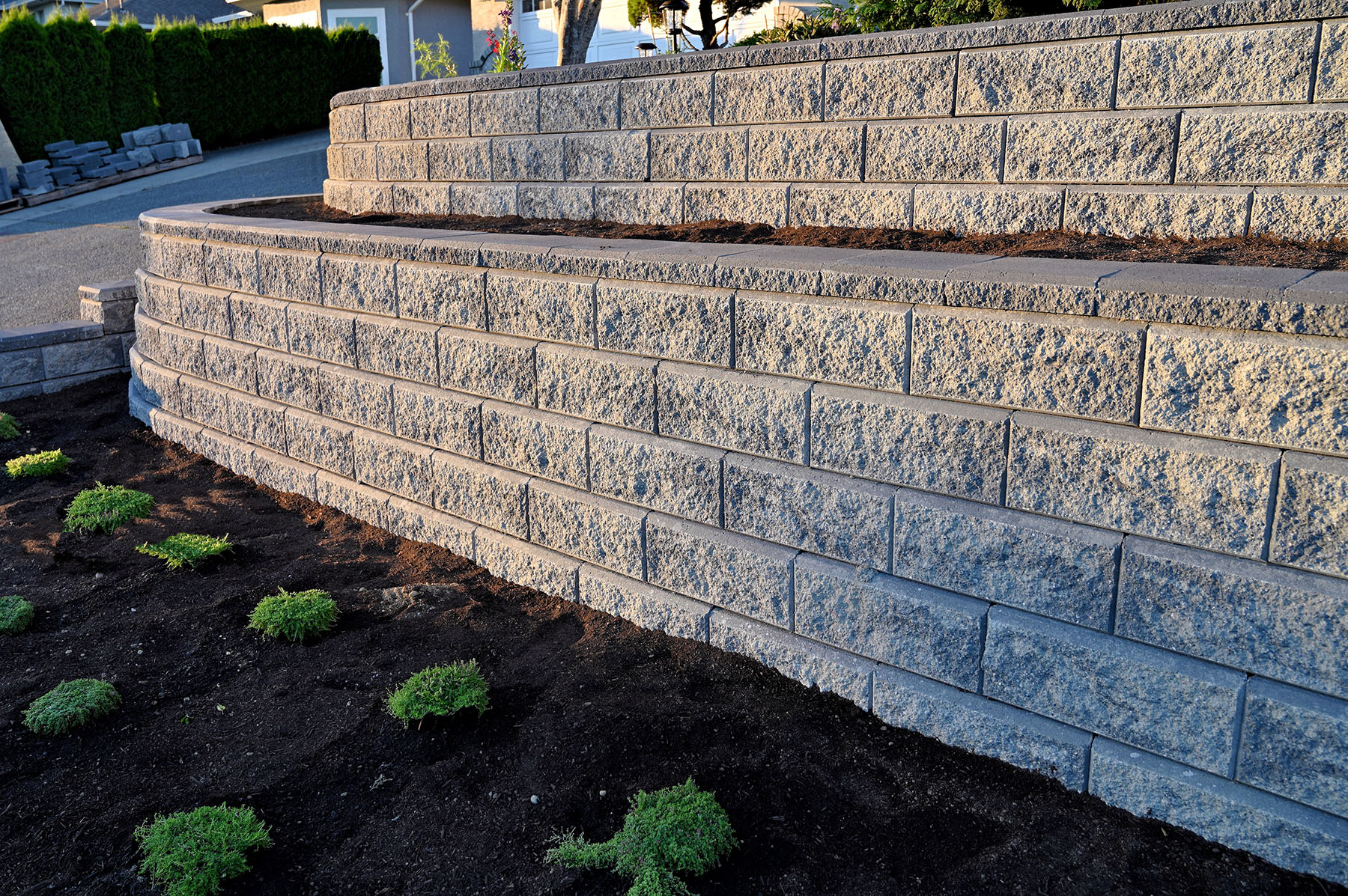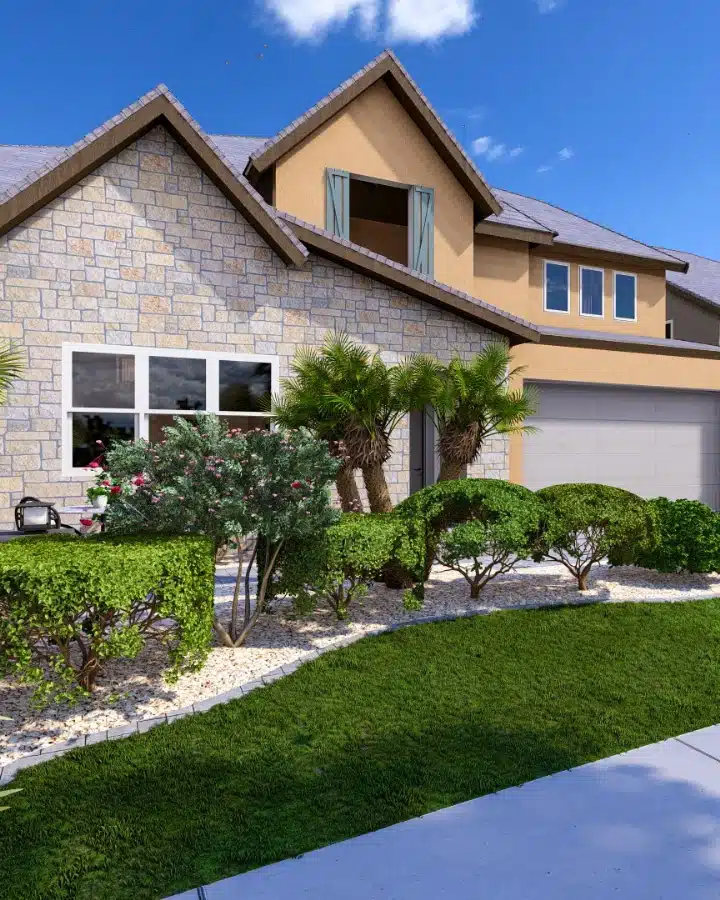In San Diego, where hillsides meet homes and landscape design is more than aesthetics, retaining walls play a big role in keeping properties safe, level, and beautiful. Whether you’re dealing with soil erosion-sloping land or want to create multi-level garden terraces, understanding the different types of retaining walls is key to choosing the right one for your needs.
If you’re a homeowner or property manager in the area, working with experienced concrete retaining wall contractors makes all the difference. In this blog, we’ll dive into the main types of retaining walls, explore their uses, and highlight when to call in retaining wall repair contractors near San Diego—especially if your current wall is showing signs of failure.
Let’s break down your options with expert insights and tips that will help you build (or rebuild) the perfect wall.
Why Retaining Walls Matter in San Diego
San Diego’s beautiful terrain comes with its own set of challenges. Think coastal erosion, hillside lots, and shifting soil. This is where retaining walls become more than just functional—they’re essential.
A properly built retaining wall can:
– Prevent soil erosion on sloped properties
– Create usable flat areas for landscaping or patios
– Support foundations and prevent land movement
– Enhance curb appeal and increase property value
With that in mind, it’s easy to see why homeowners rely on San Diego concrete retaining wall contractors to design and build these vital structures.
1) Gravity Retaining Walls
Let’s start with the most basic: gravity retaining walls. These walls rely on their weight and mass to resist the soil pressure behind them.
Best for:
– Small to medium-height walls (up to 4 feet)
– Garden terraces or small landscape features
– Areas with minimal water flow
Made from concrete, stone, or masonry units, gravity walls are straightforward and effective. They don’t require extensive footings, making them cost-effective if you work with a relatively small slope. But if the structure starts to lean or crack? Before things worsen, it might be time to contact retaining wall repair contractors near San Diego.
2) Cantilever Retaining Walls
Next, we have cantilever walls, a favorite among engineers and architects. These walls use a “lever” principle—a vertical stem is connected to a base slab, using weight and design to hold back soil pressure.
Best for:
– Medium to tall walls (4–25 feet)
– Sloped or unstable hillsides
– Commercial and residential applications
Although they require more concrete and design expertise, cantilever walls are super efficient. Their steel-reinforced structure makes them incredibly strong. If your property is dealing with heavy backfill or hydrostatic pressure, this is where you call in the pros—concrete retaining wall contractors with structural experience.
3) Counterfort Retaining Walls
A cousin to the cantilever wall, counterfort retaining walls include additional triangular braces (counterforts) that connect the wall and the base at regular intervals. These reinforcements reduce bending and stress on the wall.
Best for:
– Very tall walls (above 25 feet)
– High-load zones or commercial-grade support
– The long retaining wall spans
You’ll see these in large infrastructure projects or commercial developments. While not as common in residential spaces, they are an excellent option for large-scale support, especially when installed by seasoned San Diego concrete retaining wall contractors.
4) Anchored Retaining Walls
Need to hold back serious pressure? Then, consider an anchored retaining wall. These use cables or rods driven deep into the hillside or rock behind the wall and anchored with concrete or mechanical devices.
Best for:
– Limited space
– Thin wall designs with deep soil pressure
– Steep slopes or loose fill
This system allows for slender, space-saving walls that don’t compromise on strength. Anchored walls are a specialty job, so if your design requires it, work with experienced concrete retaining wall contractors who understand soil behavior, load resistance, and anchoring technology.
5) Sheet Pile Retaining Walls
If you’re near the coast or working with loose or saturated soil, sheet pile retaining walls might be your go-to solution. These thin, interlocking steel or vinyl sheets are driven deep into the ground to create a strong barrier.
Best for:
– Coastal properties or waterfront retaining
– Temporary structures
– Soft or loose soil conditions
While not the prettiest option, they’re incredibly effective in certain environments. They’re also quicker to install than other wall types, especially for temporary or semi-permanent solutions. And if corrosion becomes an issue, that’s your cue to call retaining wall repair contractors near San Diego.
6) Segmental Retaining Walls (SRWs)
For homeowners focused on aesthetics, segmental retaining walls offer a perfect blend of function and curb appeal. These walls use interlocking concrete blocks that stack without mortar, relying on gravity and backfill to hold everything in place.
Best for:
– Residential Landscaping
– DIY-friendly projects (small-scale)
– Garden beds, steps, or decorative features
SRWs are modular, versatile, and available in many colors and textures. They’re ideal for patios, planters, and hardscaping. But don’t let their beauty fool you—if improperly installed, they can shift or collapse. Getting guidance from San Diego concrete retaining wall contractors is always smart, especially if building anything over 3–4 feet.
7) Gabion Retaining Walls
Gabion walls are made of wire mesh baskets filled with rocks. They look rugged industrial, and blend well into natural landscapes. Plus, they drain well—making them perfect for places with heavy rainfall or runoff.
Best for:
– Natural, rustic-style properties
– Erosion control near rivers or creeks
– Eco-friendly or sustainable landscaping
These are cost-effective and require little maintenance. However, their appearance might not suit all property styles. And yes, if the baskets deteriorate or rocks begin to shift, a local retaining wall repair contractor near San Diego can help reinforce or rebuild the structure.
When Should You Repair vs. Replace a Retaining Wall?
Sometimes, your retaining wall doesn’t need a full rebuild—it just needs a little love. Other times? It’s time to start fresh. Here’s how to tell the difference:
– Small cracks in the concrete
– Minor leaning or bowing
– Drainage problems
– Loose or shifted blocks
In these cases, a skilled retaining wall repair contractor near San Diego can evaluate the damage and offer a cost-effective solution.
Signs It’s Time for Replacement:
– Major cracks or wall separation
– Wall tilting significantly
– Poor drainage leads to soil movement
– Failure of anchoring systems or reinforcement
Replacing a wall is a big investment, but it often saves you from larger structural damage or safety issues down the line.
The Role of a Professional Contractor
Let’s be real—you could DIY some landscaping, sure. But retaining walls? That’s a different story.
Retaining wall construction involves:
– Soil Evaluation
– Engineering and permits
– Drainage planning
– Load-bearing calculations
– Long-term stability considerations
Working with trusted concrete retaining wall contractors ensures your wall is built to last—especially in earthquake-prone or erosion-sensitive areas like San Diego. They’ll handle everything from design to installation and even long-term maintenance if needed.
Why Choose San Diego Concrete Retaining Wall Contractors?
The local climate and soil conditions in San Diego are unique. Coastal air, seasonal rains, and hillside properties demand specific expertise.
Here’s what sets San Diego concrete retaining wall contractors apart:
– Knowledge of regional building codes and permits
– Experience with clay-heavy or sandy soils
– Familiarity with coastal erosion prevention
– Access to the best materials for longevity and strength
Hiring local means better results—and fewer headaches.
Choosing the Right Type of Retaining Wall for Your Property
Still unsure which wall is right for your space? Here’s a quick checklist:
Is the slope steep or shallow?
Steep slopes often require anchored or cantilever walls.
Do you want something decorative or strictly functional?
Decorative projects benefit from segmental or gabion walls.
Are you dealing with drainage issues or water flow?
Consider walls with built-in drainage or gabion designs.
Do you need a short garden wall or a full hillside reinforcement?
Gravity or SRWs are great for small projects; counterfort and anchored are better for large ones.
Your contractor can walk you through the decision-making process and make recommendations tailored to your landscape.
Conclusion
Retaining walls are much more than a pile of concrete blocks or stacked stone. They combine engineering, design, and functionality, and they last for decades when built right.
Working with licensed concrete retaining wall contractors is essential whether you’re planning new construction or need expert help for existing damage. And if you notice cracks, leaning, or pooling water near your wall, don’t wait—contact the best retaining wall repair contractors near San Diego for an inspection.
Want to transform your landscape while reinforcing your property?
Leon Design and Build is your go-to team for professional, reliable, high-quality San Diego concrete retaining wall contractors who deliver every time.
FAQs: Concrete Retaining Walls in San Diego
Q: How long does a concrete retaining wall last?
Properly designed and constructed concrete retaining walls can last 50–100 years.
Q: Do I need a permit for a retaining wall in San Diego?
Yes—walls over 3 feet typically require a permit and may need engineering plans.
Q: How much does it cost to build a retaining wall?
Costs vary based on materials, size, and slope but average from $70 to $200 per linear foot.
Q: Can I repair a leaning retaining wall?
Yes, but it depends on the extent of damage. A retaining wall repair contractor near San Diego can assess and advise.
Q: What’s the most low-maintenance type of retaining wall?
Concrete block or poured concrete walls are very durable and low-maintenance compared to timber or natural stone.
Build better. Stay supported. Work with San Diego’s trusted retaining wall experts at Leon Design and Build.


